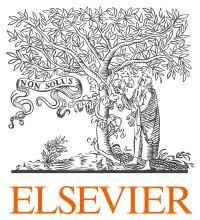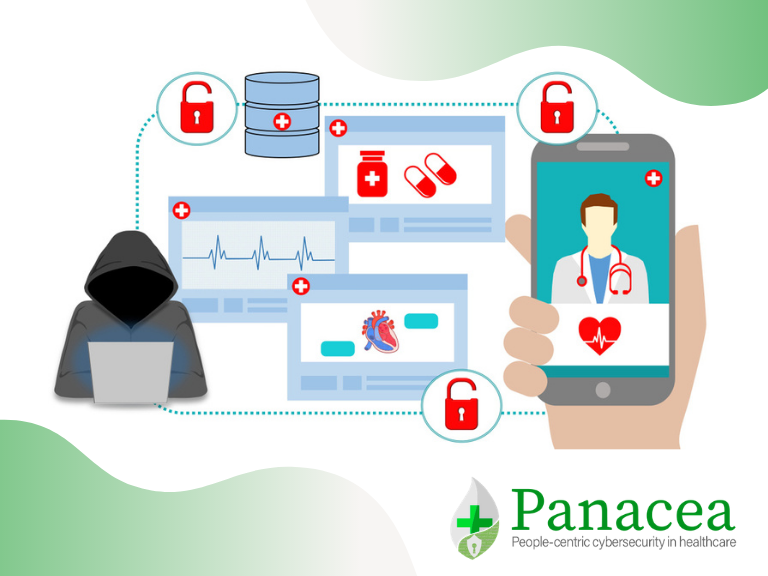The number of cyber-attacks around the world exploded in 2020: exploiting the Covid-19 pandemic as an opportunity for cybercriminals to take advantage of the shift in focus towards smart working and hospital staff transferred to the frontline.
SEA: A Secure and Efficient Authentication and Authorisation Architecture for IoT-Based Healthcare Using Smart Gateways

This paper (June 2015) describes the development of a secure and efficient authentication and authorisation architecture for IoT-based healthcare, explaining how the solution surpasses the state of the art.
Abstract: Security and privacy of patients’ medical data are crucial for the acceptance and ubiquitous use of IoT in healthcare.
Objective: Secure authentication and authorisation of a remote healthcare professional is the main focus of this work. Due to resource constraints of medical sensors, it is infeasible to utilise conventional cryptography in IoT-based healthcare. In addition, gateways in existing IoTs focus only on trivial tasks without alleviating the authentication and authorization challenges.
Results and conclusions: In the presented architecture, authentication and authorisation of a remote end-user is done by distributed smart e-health gateways to unburden the medical sensors from performing these tasks. The proposed architecture relies on the certificate-based DTLS handshake protocol as it is the main IP security solution for IoT. The proposed authentication and authorisation architecture is tested by developing a prototype IoT-based healthcare system. The prototype is built on a Pandaboard, a TI SmartRF06 board and WiSMotes.
The CC2538 module integrated into the TI board acts as a smart gateway and the WisMotes act as medical sensor nodes. The proposed architecture is more secure than a state-of-the-art centralised delegation-based architecture because it uses a more secure key management scheme between sensor nodes and the smart gateway. Furthermore, the impact of DoS attacks is reduced due to the distributed nature of the architecture.
The performance evaluation results show that compared to the delegation-based architecture, the proposed architecture reduces communication overhead by 26% and communication latency from the smart gateway to the end-user by 16%.
PANACEA Research perspectives: PANACEA is developing an identity management platform for both human-to-machine and machine-to-machine authentication. The IMP H2M tool brings many innovative points to the security of the hospital Information technology system since It resolves the credential sharing issues with a secure, frictionless and GDPR compliant solution. Healthentia is PANACEA's M2M communication authentication solution, with Qtrobot secure integration.
Keywords: Authentication, authorisation, IoT-based healthcare
Lookout Watch entry date: 26/11/2019

